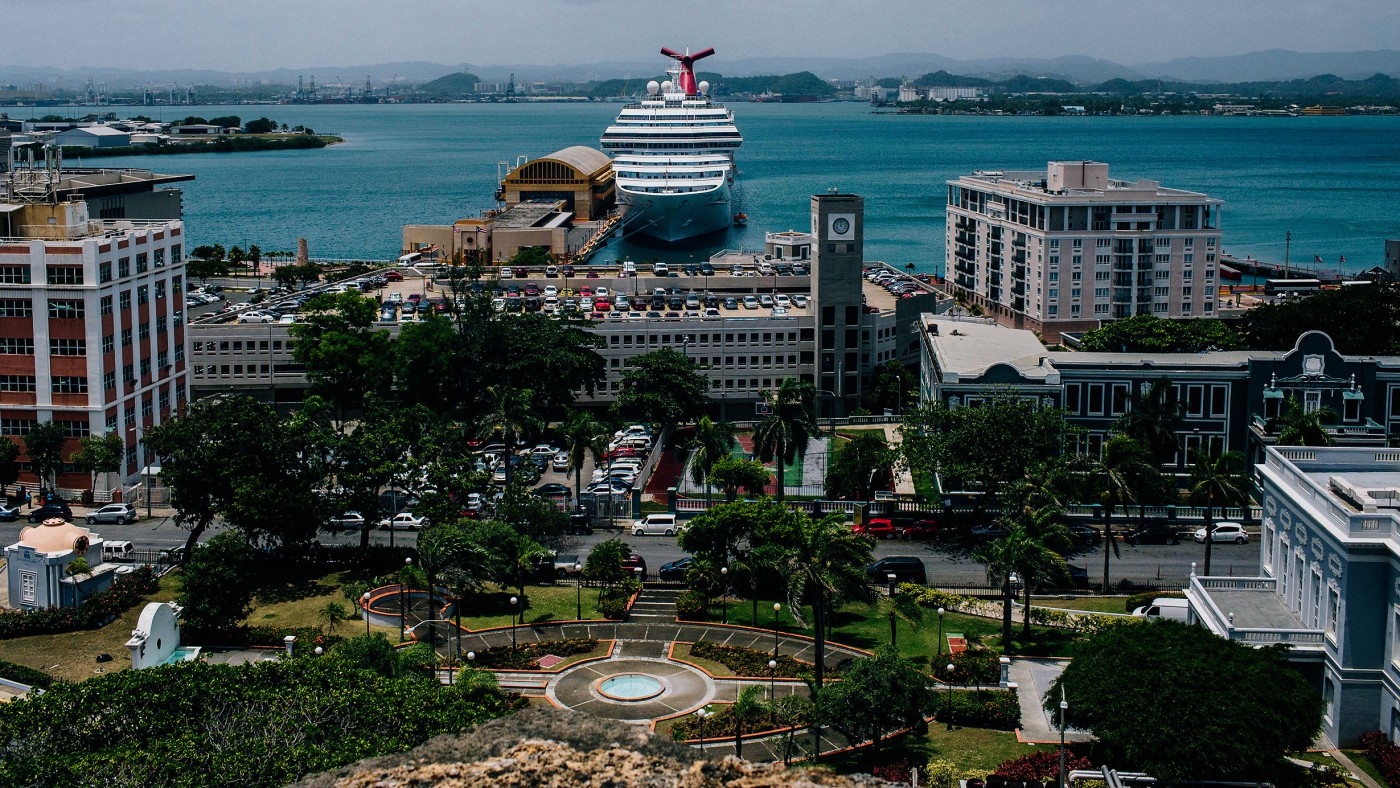What?
The U.S. territory of Puerto Rico, located in between the Caribbean Sea and the Atlantic Ocean, faces a mounting debt crisis. The self-governed island inhabited by a population of around 3.6 million people has an estimated municipal debt of $72 billion, a debt Governor Alejandro Garcia Padilla described as “not payable”, in what is being compared as the “Greece of Caribbean”.
The Economy
Puerto Rico has been battling in and out of recession since 2006; its debt has grown to around 100% of its GDP with unemployment at the end of Q2 reaching a staggering 12.2%. Much of its long run economic decline has come as a result of the expiration of a US federal tax break on corporate income, leading many American corporations and manufacturers who operated on the island to return to the mainland. Volatile tax pricing has also led many Puerto Ricans to emigrate as manufacturing jobs declined, contributing to a shrinking population that will fall to 3.35 million by 2020.
Puerto Rico’s economic woes are also the result of structural problems. Unsurprisingly, Puerto Rico’s economy is very much aligned to that of the U.S., the island’s largest trade partner and investor . However, recent growing consumer demand in the U.S. has not been met with growing manufacturing activity on the island as investment has fallen from 15 to 12% of GDP in the past two years. The lack of economic activity can also be explained by Puerto Rico’s lacklustre labour participation rate of 40%, compared to the 63% for mainland U.S..
Debt
For years Puerto Rico’s municipal bonds have attracted American investors. The bonds have a triple tax exemption on federal, state, and local taxes and investors who buy the bonds offered by the commonwealth are exempt from paying taxes on the interest earned, regardless of the state they live in. The feature has specifically attracted investors from New York, San Francisco, Philadelphia where residents are subject that all three tax structures.
Since 2006, Puerto Rico introduced Cofina, an independent debt issuer that offered collateral to bond holders by having first claim on national sales tax receipts. However, the island continued to issue more bonds that “exhausted Cofina’s capacity” and continued to raise its debt.
The island’s long-standing debt has left credit rating agency Standard & Poor no choice but to demote the status of its creditworthiness to a level of “junk”, leaving many U.S. municipal bond funds with severe exposure including Oppenheimer Funds that holds around $4.5 billion of Puerto Rico’s municipal debt.
What next?
Governor Padilla has begged Congress to grant Puerto Rico the right to declare bankruptcy, which will give the island power to restructure its debt with its bond holders and creditors. However, under the chapter 9 U.S. bankruptcy code Puerto Rico is not eligible to declare bankruptcy.
Cost-cutting structural measures such as increasing sales tax rates and property taxes as well as welfare cuts have only encouraged more residents to leave the island and have therefore had very little effect on closing the gap on the island’s debt. What is worse is that its debt structure is extremely complex with much of its outstanding bonds held by individual investors, U.S. hedge funds and mutual funds as well as government run corporations on the island such as the electric power authority.
The commonwealth is therefore dependent on Congress to grant it a new status in which municipalities and subdivisions of states are eligible to file for bankruptcy. The White House believes that Congress should ease some of the bankruptcy laws and allow at least state-owned corporations and municipalities to restructure their debt. Many primary candidates such as Hilary Clinton, Jeb Bush, and Bernie Saunders endorse the change. Regardless, Puerto Rico’s government faces substantial gaps in its finance with much necessary structural reform needed.


